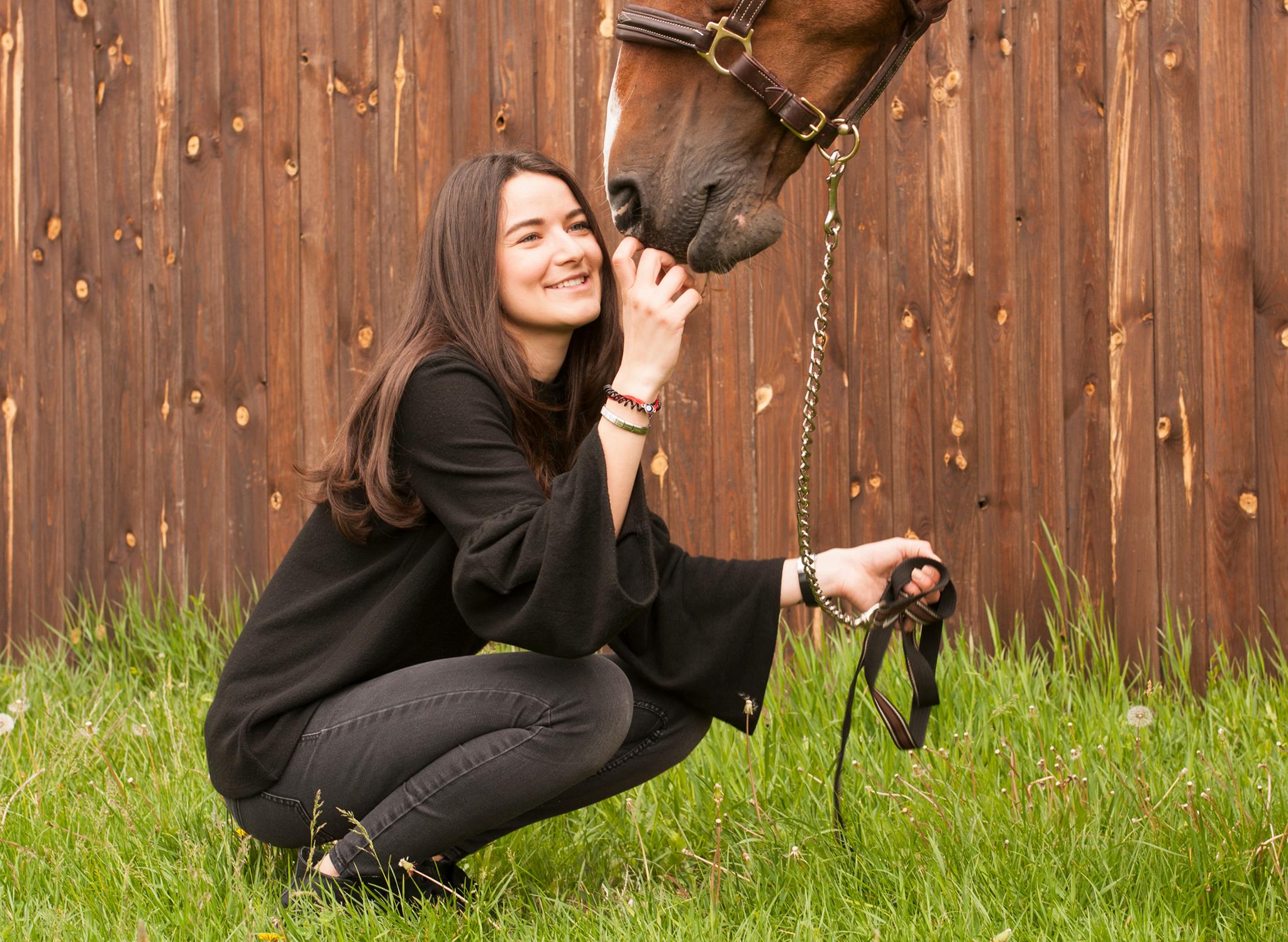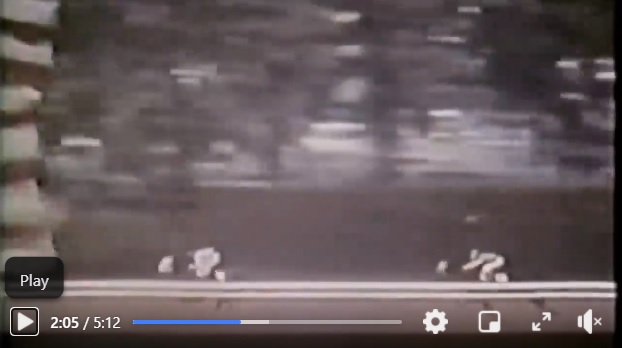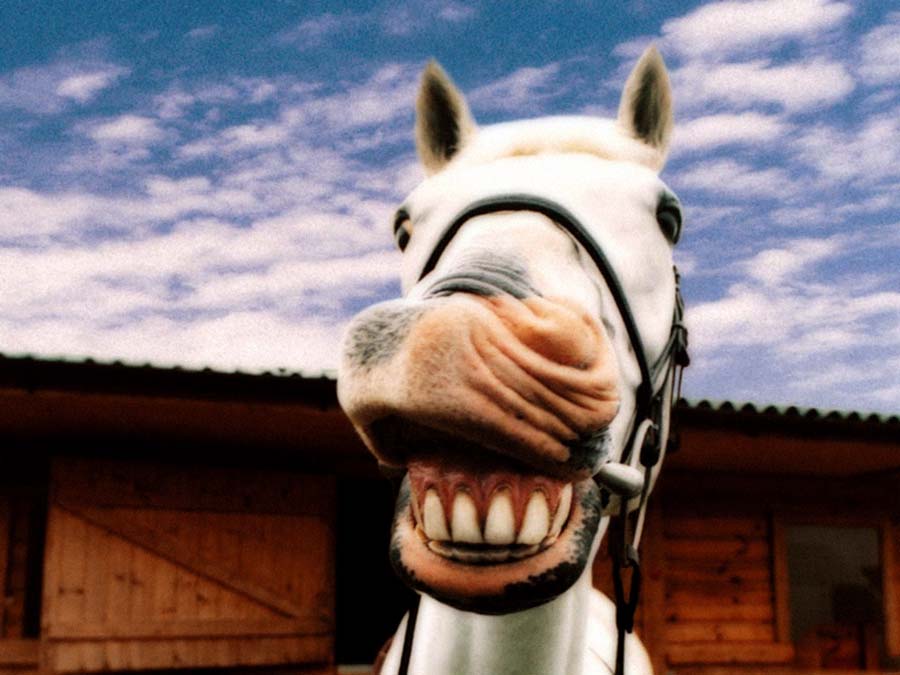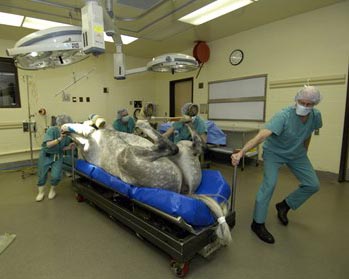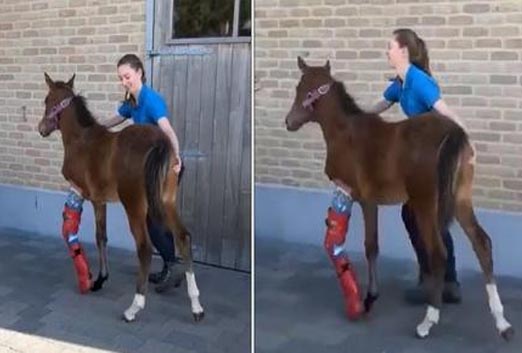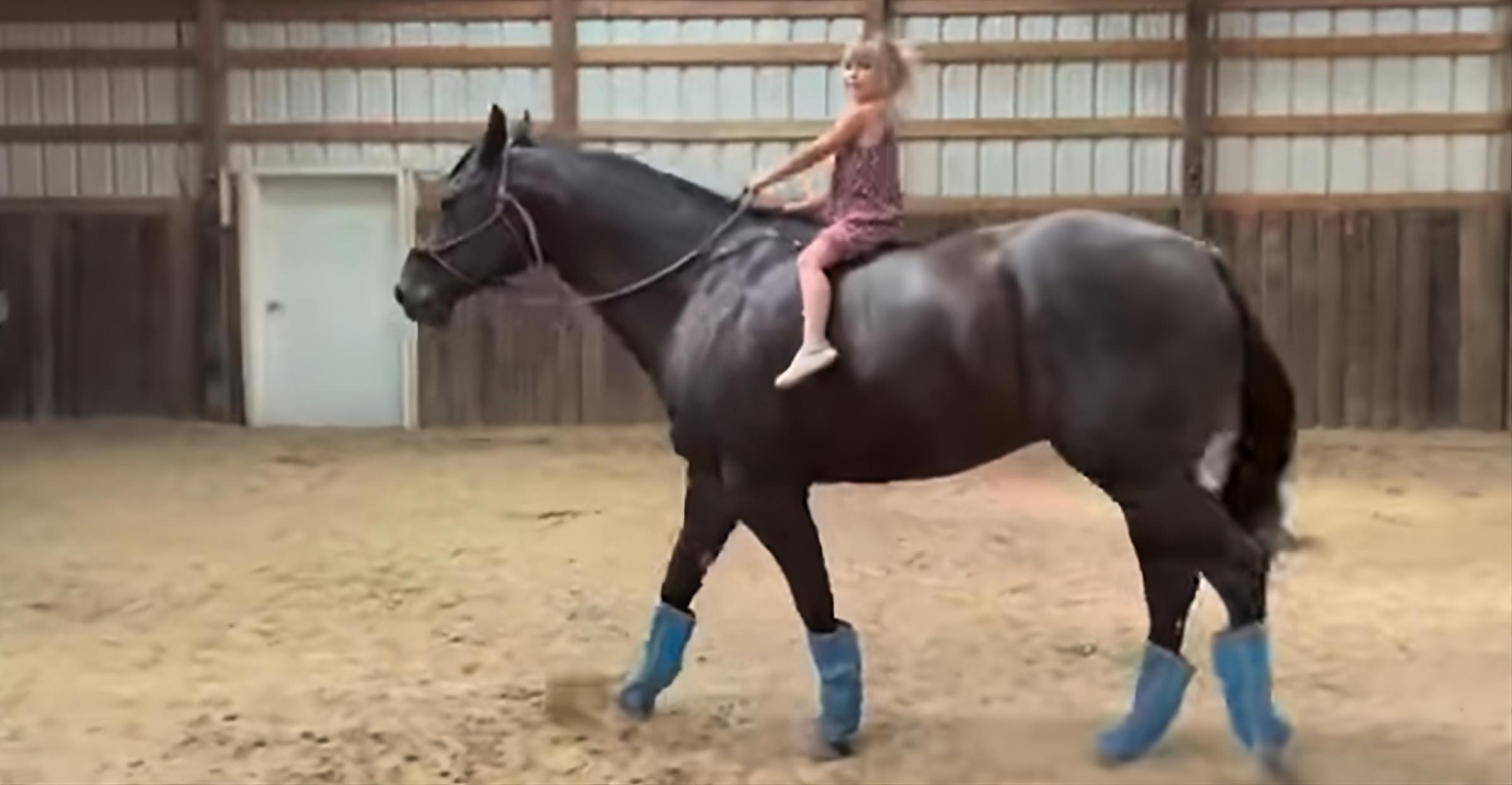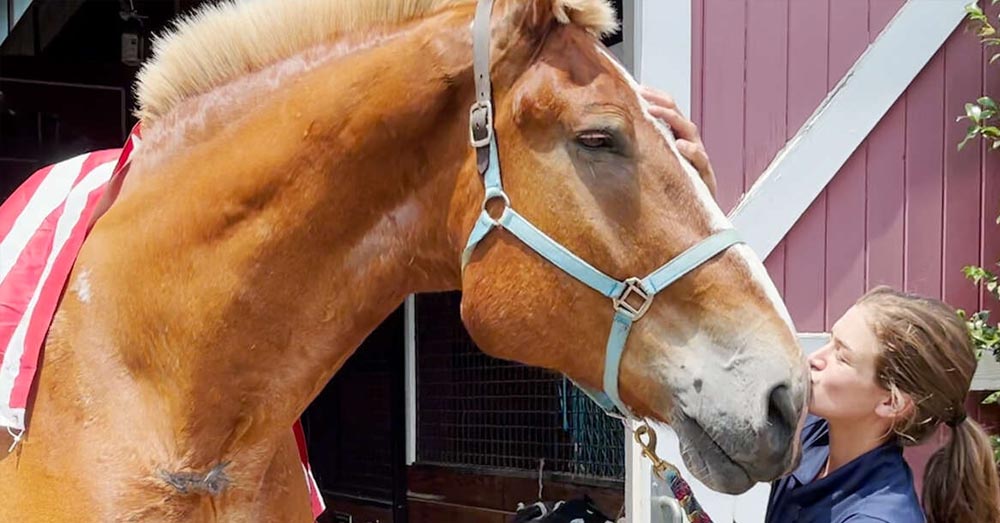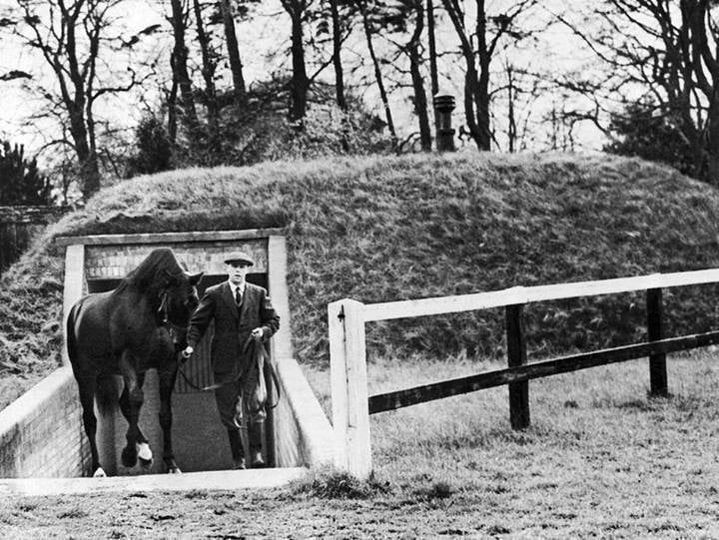Abdulla Reehan Belal Al Zaabi
Abdulla Reehan Belal Al Zaabi - UAE - Endurance Rider / Horses competed by Abdulla Reehan Belal Al Zaabi include Noslo`s Banjara, Tm Elegant One & Akab .
The following article is from the Western Horseman a back issue we had from 1992 this explains how "The Sign" works for those of you who wish to learn how to figure the dates yourself.
Weaning by
sign1.jpg (1675 bytes)"The Sign"sign2.jpg (1414 bytes)
"We wean by The Sign if it`s convenient. Many of the farmhands feel better if we do it that way. I guess it`s just like walking under stepladder--you may say that you`re not superstitious, but you`d just as soon not go under it."
Those comments, made almost 30 years ago by Preston Madden, owner of historic Hamburg Place in central Kentucky, at the time represented a felling prevalent among a sizable number of horsemen that "The Sign" is one thing that should be considered in deciding when to wean a foal. Many horsemen still fell that way, and even the farm managers who won`t admit to believing in the theory might steal a glance at a Farmer`s Almanac as weaning time approaches in the fall.
But what is "The Sign"? And how does a mare owner decipher those odd-looking zodiac symbols in the almanac if he wants to be certain "The Sign" is "right" for weaning?
The fundamental principle of astrology is that the moon, sun, planets, and stars somehow are able to exert an influence on events in our everyday lives here on earth. How this might happen is anybody`s guess, but proponents of the pseudoscience are certain that it does happen, and farm managers who wean by "The Sign" usually have substantial anecdotal evidence; they remember entire foal crops weaned by "The Sign" that turned out well, and individuals weaned when "The Sign" was "wrong" that had nothing but problems.
Valid or not, this is how weaning by "The Sign" works:
It takes the moon a little less than 28 days to complete on orbit around the earth, and on any given night during that lunar cycle, the moon appears to be near on of a dozen groups of fixed stars, or constellations. These are the same constellations that make up the 12 signs of the zodiac familiar to anyone who ever has read a horoscope --Pisces, Aries, Taurus, and so on.
Two thousand years ago, astrologers assigned each sign of the zodiac to a part of the body. Every 28 days or so, as the moon moves from on constellation to the next, it also moves progressively from one part of the body to another, from the head (Aries), to the neck (Taurus), the arms (Gemini), the breast (Cancer), the heart (Leo), the bowels (Virgo), the kidneys (Libra, the loins (Scorpio), the thighs (Sagittarius), the knees (Capricorn), the legs (Aquarius), the feet (Pisces).
The idea is to wait until the moon has moved to a sign (or part of the body) that is below the part of the body you are working on. The thinking gets a little fuzzy here, but the theory says that since you are weaning a foal`s body (apparently without his lower legs) it is best to wait until the moon--and therefore "The Sign"-- is below the knee. To do this, locate a calendar for the month in question, find the little diagrams, representing the signs below the knee (Aquarius for the legs and Pisces for the feet), then locate those two signs on the calendar.
The calendar will indicate on which days of the month the mood enters those two signs (although theses dates will differ slightly from the almanac). Weaning supposedly can be done safely on the days when the moon is "in" Aquarius and Pisces.
This works out to a 4-day window for "safe" weaning each month, ending when the moon chugs back up to Aries, sign for the head. The actual dates vary from month to month because of the variance between the moon`s regular 28-day cycle and the calendar`s 28-day to 31-day months.
The effectiveness of weaning by "The Sign" never can be confirmed. So even though weaning by "The Sign" might not help it probably will not hurt, either.

The following article is from the Western Horseman a back issue we had from 1992 this explains how "The Sign" works for those of you who wish to learn how to figure the dates yourself.
Weaning by
sign1.jpg (1675 bytes)"The Sign"sign2.jpg (1414 bytes)
"We wean by The Sign if it`s convenient. Many of the farmhands feel better if we do it that way. I guess it`s just like walking under stepladder--you may say that you`re not superstitious, but you`d just as soon not go under it."
Those comments, made almost 30 years ago by Preston Madden, owner of historic Hamburg Place in central Kentucky, at the time represented a felling prevalent among a sizable number of horsemen that "The Sign" is one thing that should be considered in deciding when to wean a foal. Many horsemen still fell that way, and even the farm managers who won`t admit to believing in the theory might steal a glance at a Farmer`s Almanac as weaning time approaches in the fall.
But what is "The Sign"? And how does a mare owner decipher those odd-looking zodiac symbols in the almanac if he wants to be certain "The Sign" is "right" for weaning?
The fundamental principle of astrology is that the moon, sun, planets, and stars somehow are able to exert an influence on events in our everyday lives here on earth. How this might happen is anybody`s guess, but proponents of the pseudoscience are certain that it does happen, and farm managers who wean by "The Sign" usually have substantial anecdotal evidence; they remember entire foal crops weaned by "The Sign" that turned out well, and individuals weaned when "The Sign" was "wrong" that had nothing but problems.
Valid or not, this is how weaning by "The Sign" works:
It takes the moon a little less than 28 days to complete on orbit around the earth, and on any given night during that lunar cycle, the moon appears to be near on of a dozen groups of fixed stars, or constellations. These are the same constellations that make up the 12 signs of the zodiac familiar to anyone who ever has read a horoscope --Pisces, Aries, Taurus, and so on.
Two thousand years ago, astrologers assigned each sign of the zodiac to a part of the body. Every 28 days or so, as the moon moves from on constellation to the next, it also moves progressively from one part of the body to another, from the head (Aries), to the neck (Taurus), the arms (Gemini), the breast (Cancer), the heart (Leo), the bowels (Virgo), the kidneys (Libra, the loins (Scorpio), the thighs (Sagittarius), the knees (Capricorn), the legs (Aquarius), the feet (Pisces).
The idea is to wait until the moon has moved to a sign (or part of the body) that is below the part of the body you are working on. The thinking gets a little fuzzy here, but the theory says that since you are weaning a foal`s body (apparently without his lower legs) it is best to wait until the moon--and therefore "The Sign"-- is below the knee. To do this, locate a calendar for the month in question, find the little diagrams, representing the signs below the knee (Aquarius for the legs and Pisces for the feet), then locate those two signs on the calendar.
The calendar will indicate on which days of the month the mood enters those two signs (although theses dates will differ slightly from the almanac). Weaning supposedly can be done safely on the days when the moon is "in" Aquarius and Pisces.
This works out to a 4-day window for "safe" weaning each month, ending when the moon chugs back up to Aries, sign for the head. The actual dates vary from month to month because of the variance between the moon`s regular 28-day cycle and the calendar`s 28-day to 31-day months.
The effectiveness of weaning by "The Sign" never can be confirmed. So even though weaning by "The Sign" might not help it probably will not hurt, either.



